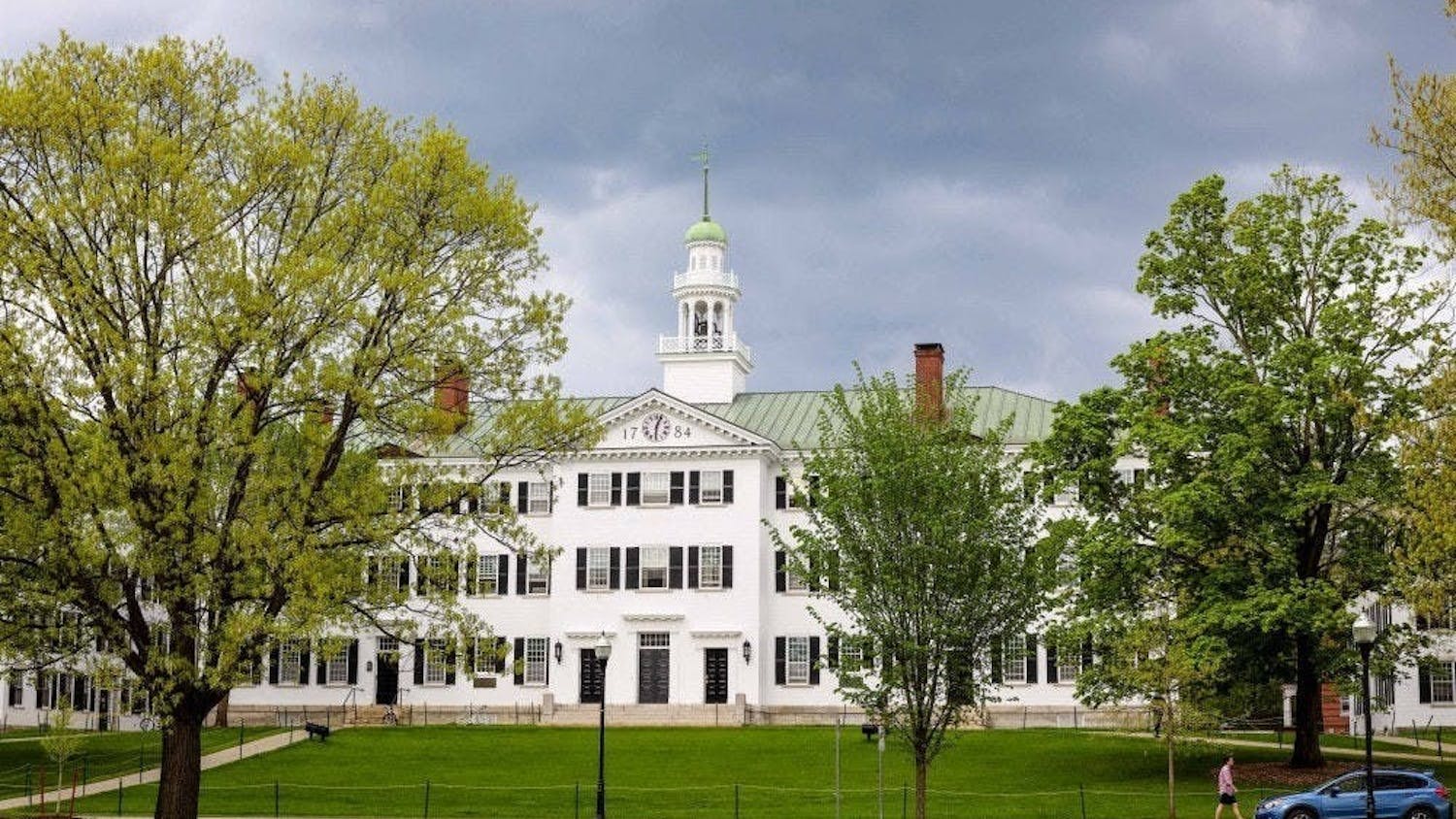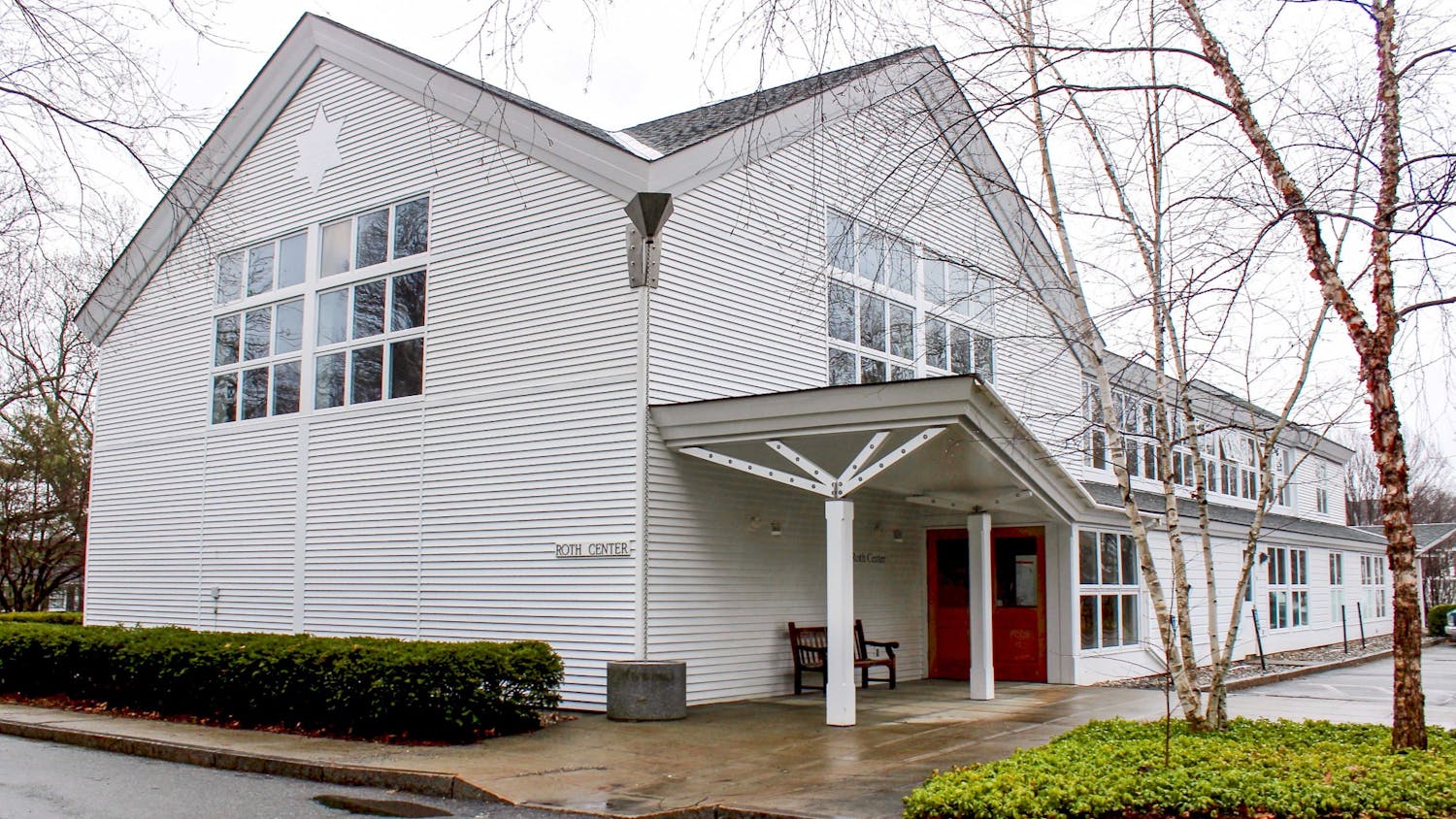Fewer Dartmouth students are majoring in the humanities and are shifting toward the social sciences, mathematics and engineering. The change in enrollments across departments has affected staffing and faculty decisions, as well course offerings, as some departments work to stretch resources while others attempt to bolster student interest.
The number of social science majors has increased to 650 for the Class of 2013 from 573 for the Class of 2004, while the number of humanities majors has dropped to 214 from 289 over the same period, according to the Dartmouth Fact Book. Graduating class sizes have remained roughly the same.
Part of the shift away from the humanities can be attributed to anxiety about employment after graduation since the 2008 recession, religion department chair Randall Balmer said.
“There is a perception that certain majors are more likely to yield jobs in a shorter period of time than other majors,” Balmer said. “I regret that students are so single-minded about career-track trajectories in college.”
The number of economics majors has jumped to 210 in the Class of 2013, from 134 in the Class of 2002.
The growth has resulted in a net increase of eight faculty members over the past decade to take pressure off of the faculty, economics department chair Douglas Staiger said.
“This is a challenge for Dartmouth because you can’t always respond immediately,” Staiger said. “You want to know if these are long-run changes or a short-term increase in interest, so faculty and resources lag behind student demand.”
Although better predictions of course enrollments has led to an overall decrease in the number of economics courses with waitlists, it is still difficult to accommodate all students, especially non-majors.
“The kind of tools that econ is providing seem very in demand — data analysis, quantitative reasoning — and I don’t see that changing given the amount of data and computing power out there so that’s a skill that’s increasingly important,” Staiger said. “I don’t know if [declared majors] will keep growing at this rate because it has to be capped at some point.”
The psychological and brain sciences department has also seen shifts, as the number of psychology majors has slightly declined while the number of neuroscience majors has increased exponentially, department chair Jay Hull said.
The late 1990s averaged 90 psychology majors per year, a number that jumped to 100 when the department moved to its new building in 2000. There was another surge to around 120 majors per year during 2005 to 2007 before returning to its traditional place around 90, Hull said. In 2005, the neuroscience major was added to the department and has continued to grow, leading to an overall increase in majors within the department.
The department’s administrative staff has been cut, and there has only been modest growth in its faculty despite the near doubling of the average number of majors, Hull said. This has led to cuts in the variety of courses offered, as the department must ensure that enough of the required course offerings are available for students to graduate. As a result, there has also been pressure to fill courses with non tenure-track faculty.
“Particularly with the intro courses, I want them to be high-quality courses that get students excited about the subject matter, so having them taught by people repeatedly is really important, but doing that has been difficult,” Hull said.“The difficulty comes from offering classes more, so the growth in the major has put that pressure on.”
The department has been focusing on a model where large introductory classes are mainly content-based, while high experience culminating courses require small enrollments due to their discussion-based nature.
Already, the frequency of some required major courses such as systems neuroscience have doubled.
The number of mathematics majors has increased to 50 in 2013 from 39 in 2002. Former chair Daniel Rockmore said the department can accommodate all students despite the increase, which he attributes to the broad scope of the department, the strong applied mathematics offerings and the increasing need in today’s world for strong quantitative skills.
The popularity of calculus courses has remained the same, while there has been a rise in enrollment of lower-level major courses, such as linear algebra and differential equations.
Rockmore said the increase in enrollment may be due to non-majors, who recognize how this sort of “training of the mind” may better serve them in their intended majors, such as economics or computer science.
There has also been in increase in the number of engineering majors, to 85 in 2013 from 66 in 2004.
Meanwhile, some humanities departments have seen drops in enrollment. The number of English majors has dropped to 54 in 2013 from 96 in 2004, while the number of religion majors has decreased to 10 from 27 in 2004.
“The number of majors is down, but I’m not entirely worried because our enrollments are still pretty strong,” Balmer said. “The religion major in particular provides an interdisciplinary approach to learning as we have different people in the department who approach the study of religion in different ways.”
He predicted that the number of religion and humanities majors may return to normal levels once the economy is more stable and post-graduation employment increases.
“We in the liberal arts have to better make the case more persuasively about the benefit of studying in the humanities and liberal arts,” he said. “We have a strong department and take teaching very seriously, and students are going to find us sooner or later.”
Despite only two film majors graduating in the Class of 2013 after a steady average of eight to 10 majors over the past decade, former department chair Jeffrey Ruoff expects 11 majors for the Class of 2014.
“We’re hoping the major will grow in the coming years, particularly with the new facilities in our beautiful Black Family Visual Arts Center,” Ruoff said in an email.
The film department has been extending its reach over the past several years, with the approval of its first two foreign study programs in Edinburgh, Scotland and Los Angeles.The department is also offering an increased number of master classes for students, often taught by alumni that have achieved success in the field.




